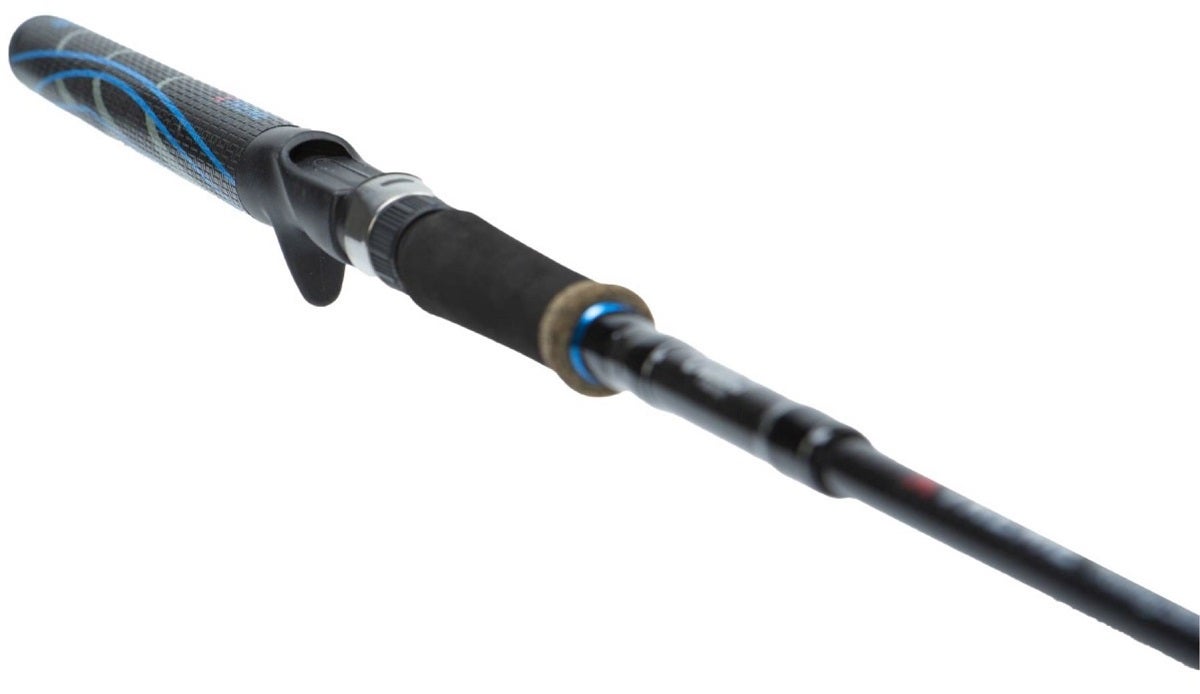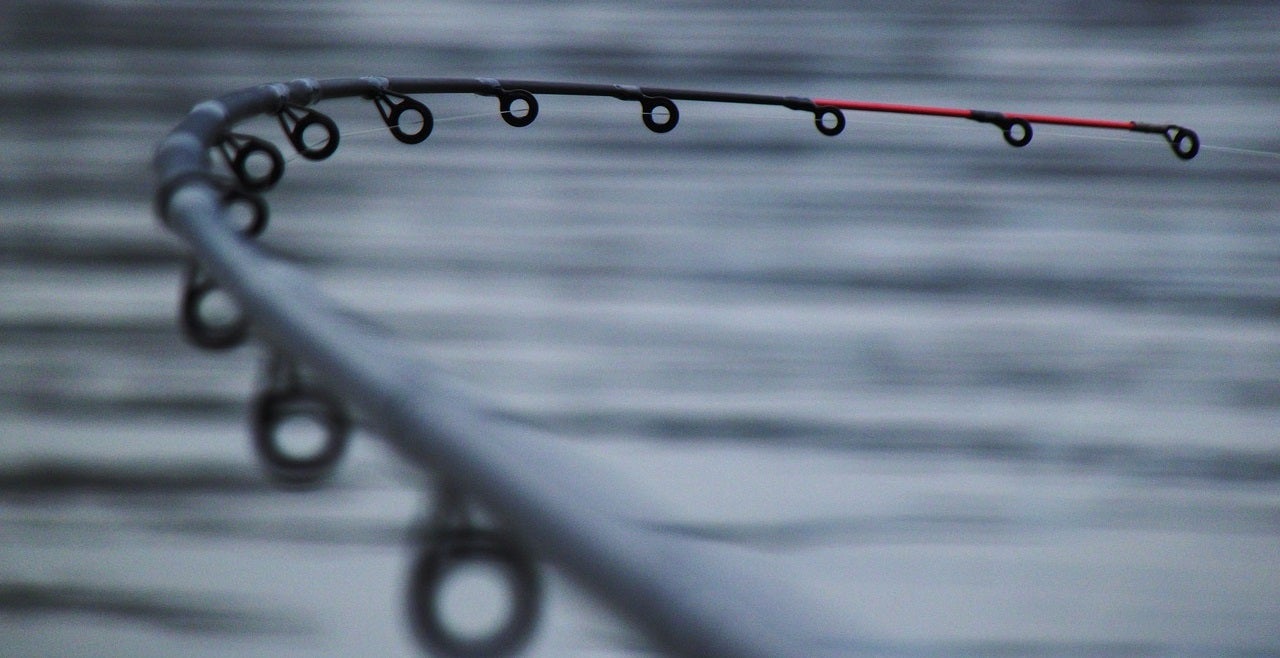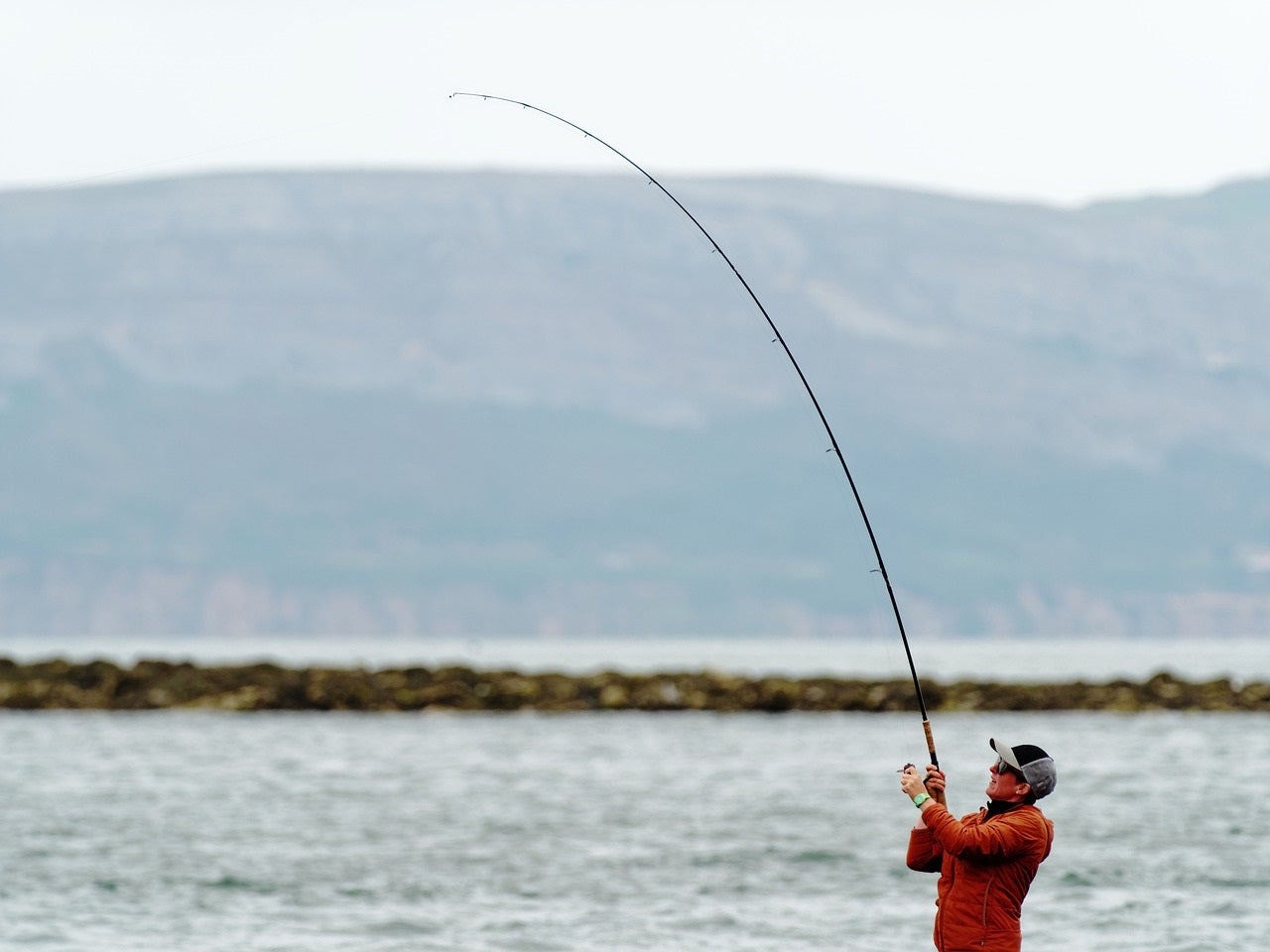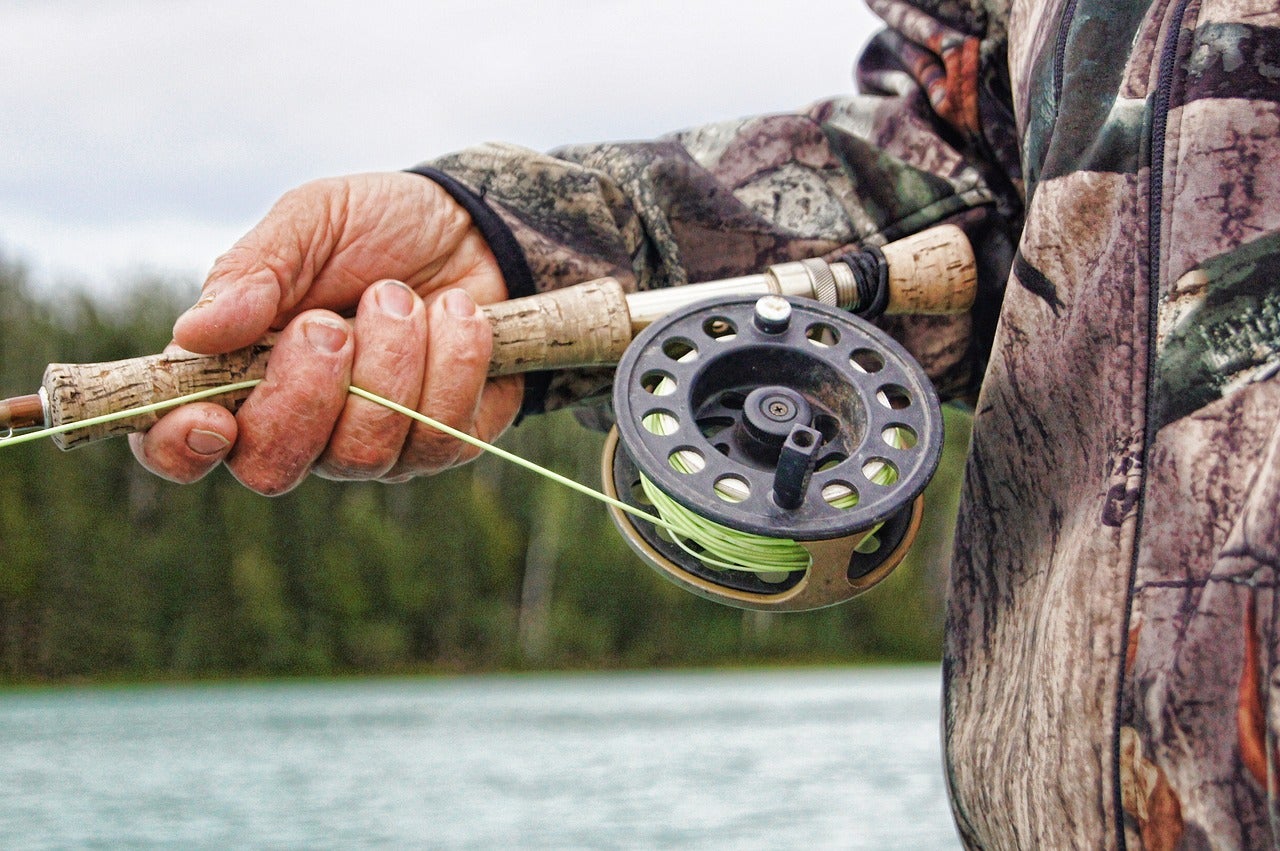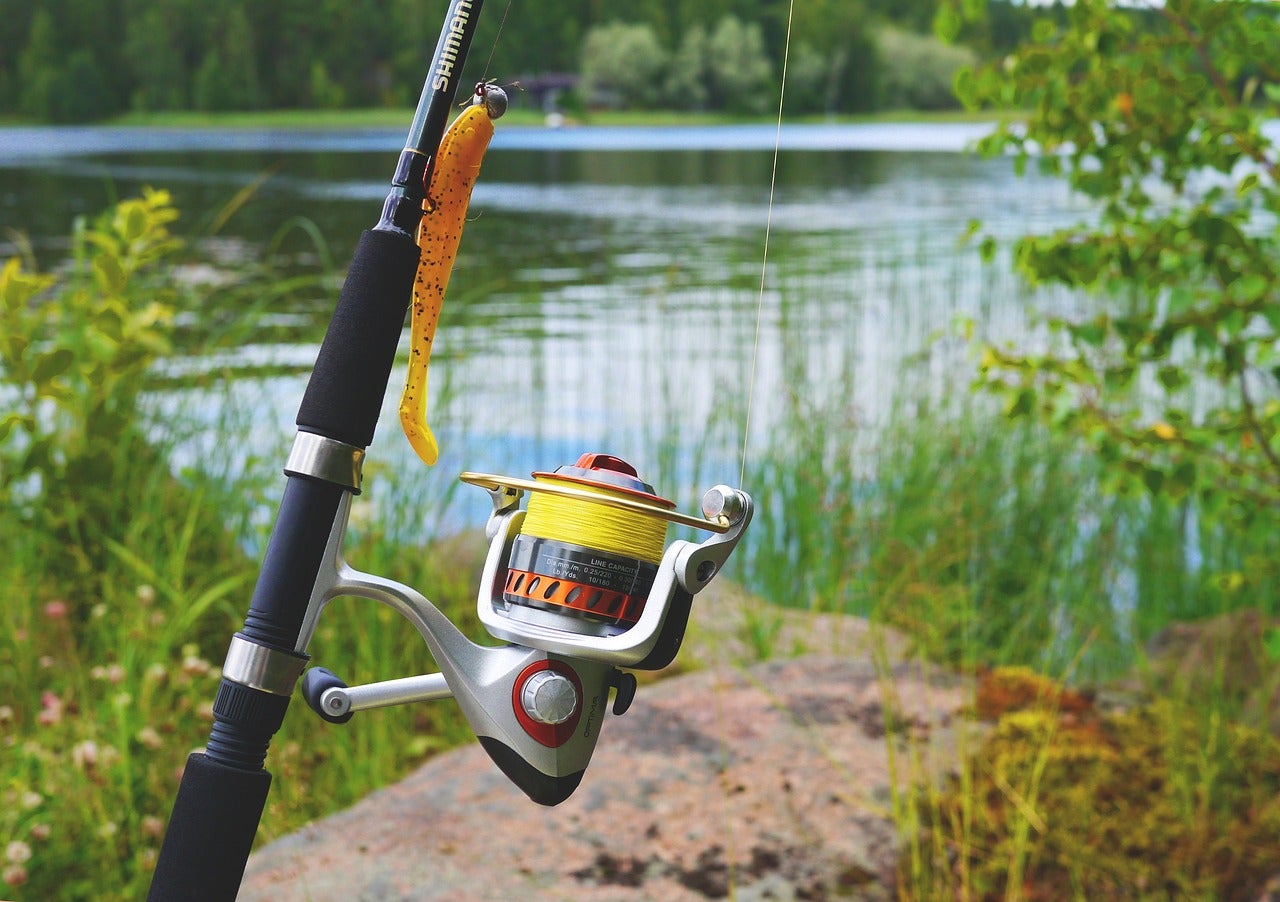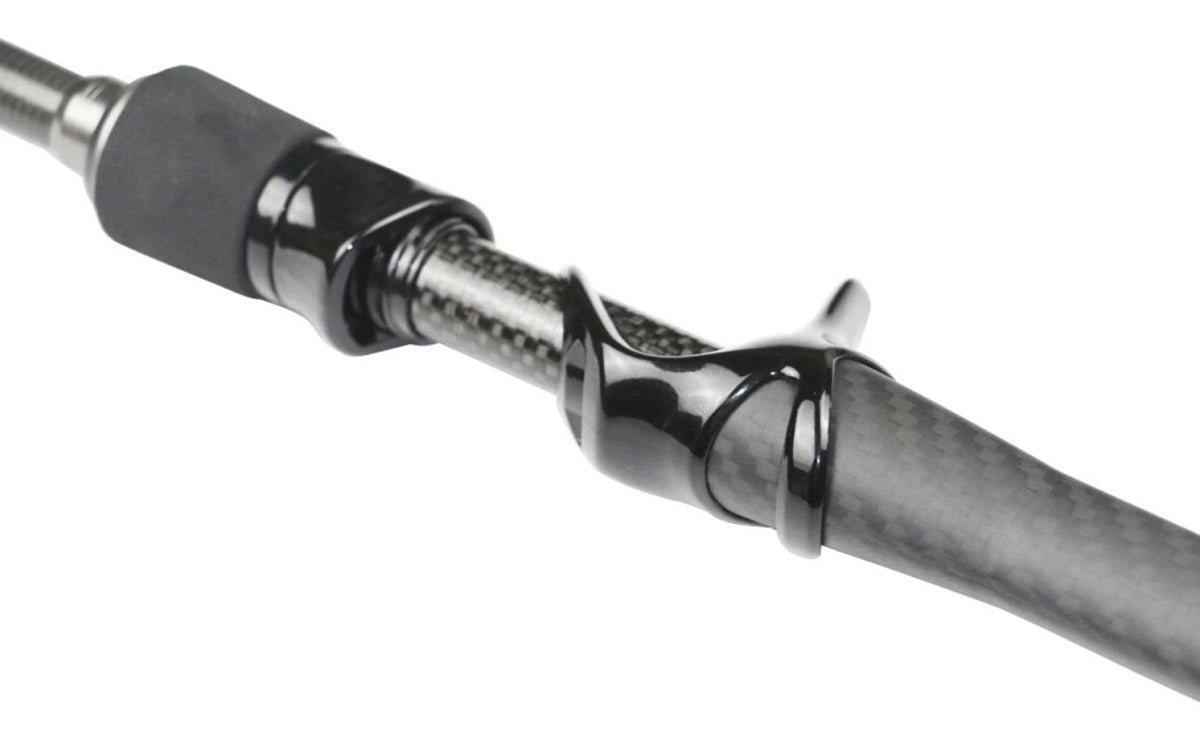Common Fishing Rod Comparison Guide – The Good, The Bad, The Ugly
Travis Olander 02.01.23
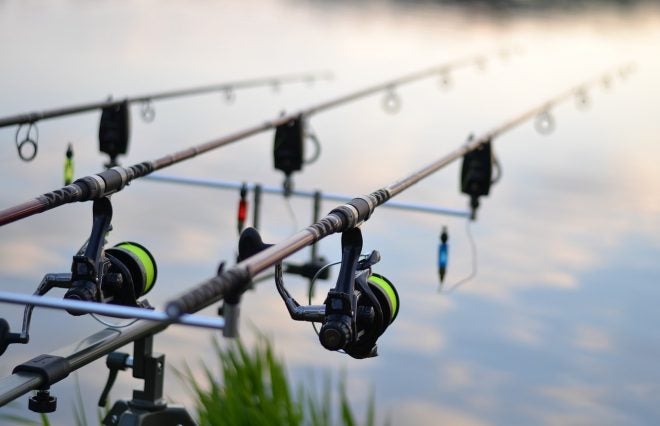
We’ve covered reels and lines, lures and baits, but the fishing rod on which all that other stuff lives serves as the foundation for success on the water. The qualities of your rod (length, action, power, material, and handle) form the key to landing bites, and more importantly, successfully reeling in your hooked game. Let’s break down each of these qualities, and go over what formula is best for your fishing style and needs with our Common Fishing Rod Comparison Guide!
Common Fishing Rod Comparison Guide – What’s The Best Fishing Rod Length?
Finding the ideal rod length means balancing accuracy, casting distance, and maneuverability. Remember these rules:
- Longer fishing rods provide better casting distance.
- Longer rods make setting hooks and keeping tension easier.
- Shorter fishing rods provide better accuracy.
- Shorter rods are more comfortable and easier to handle.
For Short-Range Accuracy, use a 4′ – 6′ Rod
Rods that measure 4 to 6 feet work best for pinpoint accuracy. They’re ideal for landing your bait or lure in tight spaces and avoiding debris. They’re also good for working in dirty water , shallow depths, and small canoes or kayaks. Max cast distance is typically 50 yards or less.
A Dood “Do-It-All” Rod measures 7′ – 9′
You can’t go wrong, here. Rods measuring between 7 and 9 feet work well at distances between 50 and 100 yards, and they balance accuracy with leverage. A rod in this range provides easy casting from shore to get out into deeper waters along your favorite lake or river. Maneuverability begins to play a factor at this length. If you’re under 6 feet tall, it’s best to stick closer to the 7-foot range. Many successful bass anglers use rods around 7 to 8 feet. A rod closer to 9 feet is best for taller anglers and open water, where distance matters more than accuracy.
A 10′ – 14′ Rod is for Serious Distance & Big Game
If you’re wielding a rod this long, chances are you’re pretty experienced. You either need some serious distance – we’re talking 120 to 150 yards of casting – or you’re chasing after some massive, heavy trophies that’ll give your arms a workout.
Common Fishing Rod Comparison Guide – Fishing Rod Materials Compared
Virtually all modern rods are made from one of two materials: Fiberglass or graphite. Some rods are composite, which means they’re made from both fiberglass and graphite.
Fiberglass Rods
Fiberglass rods are the “OGs” of angling. They’ve been around for decades and provide great strength and flexibility. They’re also easy to make and they’re generally the most popular “budget” rod, making them affordable without sacrificing quality. Sometimes, fiberglass rods can feel too flexible. That means feedback may be difficult to pick up on, and you could fail to feel delicate bites and small nibbles. That means a missed opportunity to set your hook. Pound-for-performance, fiberglass rods are heavier than graphite and composite rods, too. So it’s best to stick with those other materials if you’re in need of a long rod.
Graphite Rods
Graphite rods are the “new hotness” of angling. They were introduced in the 70s and became popular over the past 40 or so years. They’re lighter and stiffer than fiberglass rods. That means they have plenty of spring. And that means they’re more sensitive to feedback, which is great for chasing those small bites. But, there are drawbacks to this, too: these stiff, light rods are more expensive to produce, and they’re more prone to breaking if they’re pushed past their power limits.
One thing to keep in mind is that fiberglass rods’ modulus ratings don’t directly impact a rod’s stiffness. Yes, modulus ratings (“IM6,” “IM7, “IM8” and so on) mean that a stiffer graphite was used to construct the rod. But less overall material was required to achieve the same action and power. In short, an IM8 rod won’t be any stiffer than an IM6 rod. It’ll just weigh less (and probably cost more, too).
Composite Rods
Combining the best of both worlds, composite rods are constructed from graphite and fiberglass. By combining these two materials, a rod can provide excellent action, flexibility, and feedback, without sacrificing weight or strength. The only downside to springing for a composite rod is cost. They’re obviously more expensive to produce than a rod made from just one of these two materials.
Common Fishing Rod Comparison Guide – Rod Action: Slow vs Medium vs Fast
Action drives the performance of your rod when your line, lure and/or bait are in the water. Action is just a fancy term for describing where and how your rod bends when you maneuver it. In other words, its flexibility.
Slow (Light) Action
A rod with light action is very flexible. When its line is under tension, the light action means the entire length of the rod will yield to that pressure. These “slow,” or light rods provide excellent whip action for impressive casting distances. They also provide excellent feedback when you’re hunting for small game.
The only drawback to a light or slow rod is that a light lure or small bait is also required. Placing too much weight on the line will cause flex and reduce feedback and performance. They can also make setting a hook more difficult, since more broad movement is required. The tradeoff, though, is that keeping the hook set under tension is easier once you’re in the fight.
Medium Action
Medium action means a rod will bend mostly along the top half. This versatility provides a great balance of flex, feedback, and easy hooking. If you’re a new angler, keep it simple and stick to a rod with medium action — they can handle the most bait and lure setups, and work well enough for small and medium game.
Fast (Heavy) Action
Fast action provides little flex in the rod — most of its bend will be seen in the tip. These rods provide the most feedback and they can’t be beat when it comes setting hooks with ease. They’re also prime for big game like Tuna, Billfish, and large Muskies.
Common Fishing Rod Comparison Guide – Fishing Rod Power (Strength)
Power describes how much force must be applied to your line to force the rod to bend. Basically, its the rod’s resistance to flex, which is the inverse of its action. Power is rated based on the line and lure being used, and ratings can get nuanced (“ultra-light,” “medium-heavy”) so we’ll simplify power with three categories:
Light Power
A rod with light power is best suited for light lures and small fish weighing anywhere between 2 and 5 pounds. That means Crappie, Brook Trout, Rock Bass, Yellow Perch, and most Panfish.
Medium Power
A rod with medium power works well for fish weighing anywhere between 6 and 20 pounds: Walleye, Pike, Brown Trout, Small and Largemouth Bass, and Lake Trout.
Heavy Power
A rod with heavy power is – you guessed it – best for large game weighing dozens of pounds: Billfish, Tuna, Grouper, and other deep freshwater or saltwater game.
Common Fishing Rod Comparison Guide – Rod Handle Materials
Rod handles come in three common flavors. Here, we’re mostly concerned with grip, comfort, and feeling feedback.
Cork Rod Handles
Cork has high sensitivity since it doesn’t absorb much vibration, which aids in feeling light bites and small fish. It provides decent comfort and excellent grip if your hands are wet or sweaty. It works well in hot and cold weather, too. The drawback is that cork wears down over time, it’s easier to crack and break, and it’s more expensive than foam. It can also get gummed up from sweat and dirt, and cleaning it isn’t easy.
Foam Rod Handles
Foam is more comfortable than cork, but it dampens vibration and mask light bites. It’s generally more affordable than cork, and it lasts longer. It’s also more resistant to damage over time and it’s easy to replace and clean.
Carbon Fiber Rod Handles
The high-performance stuff, carbon fiber provides amazing feedback since it’s incredibly stiff. It also has amazing strength and can reinforce a rod and mitigate the chances of a catastrophic failure if you’re fighting some massive saltwater trophy. The tradeoff is comfort and cost: Carbon fiber provides zero cushion, and it can get slippery when wet. It’s also more expensive than cork and foam by an order of magnitude. Most anglers running a carbon fiber grip will at least wrap raw carbon with thin foam, or wear gloves for grip.

